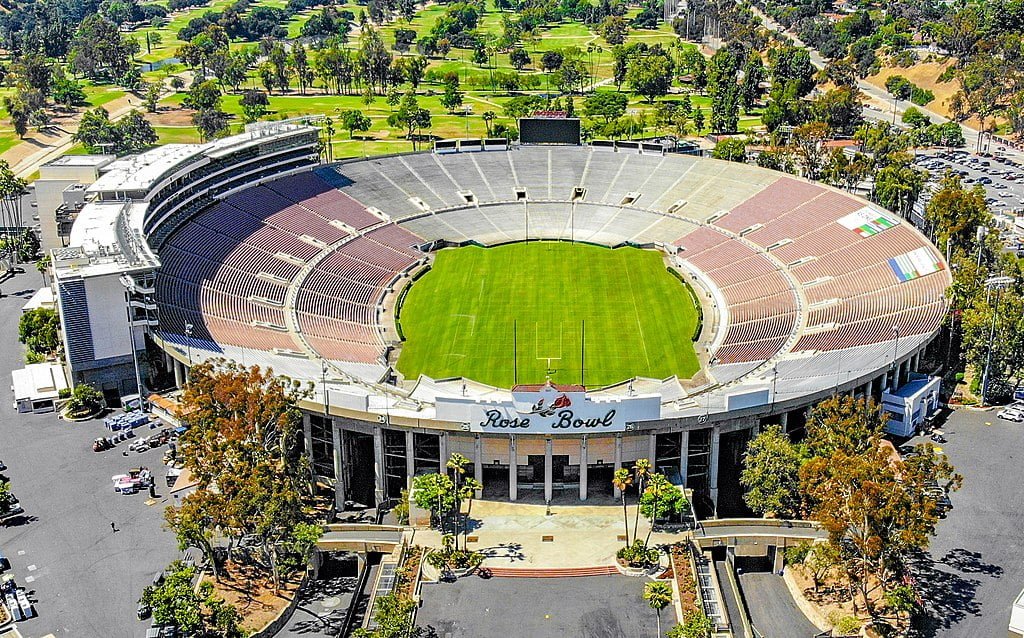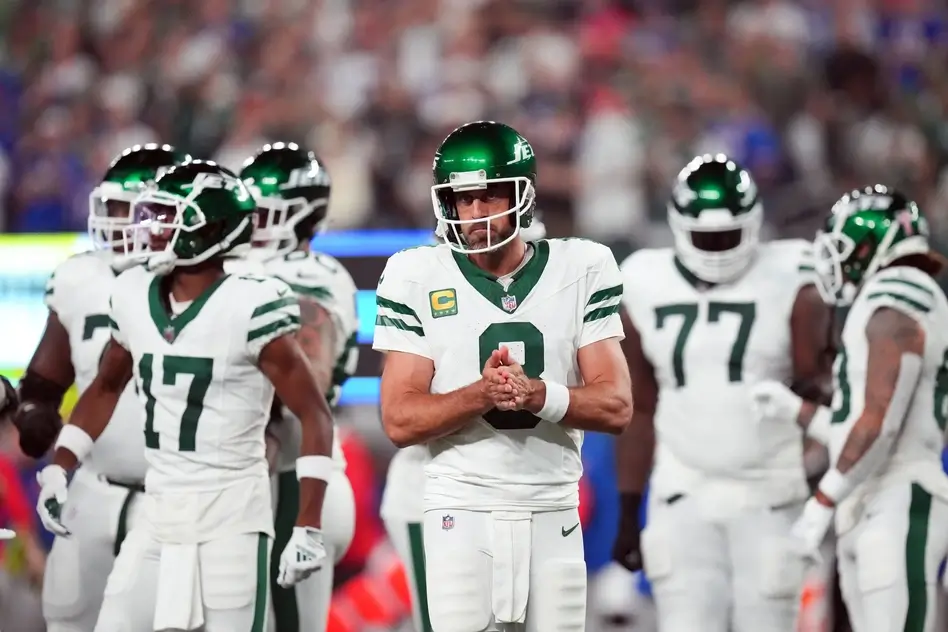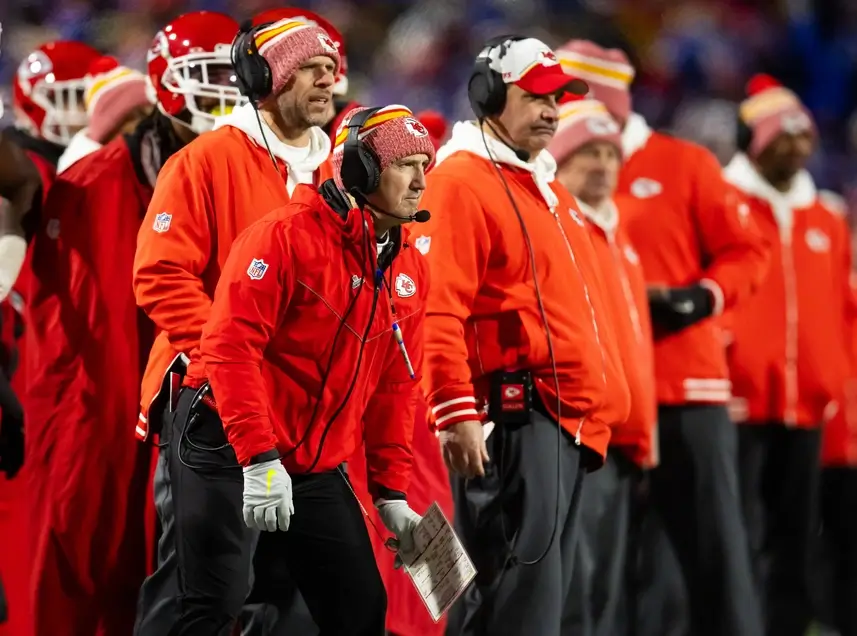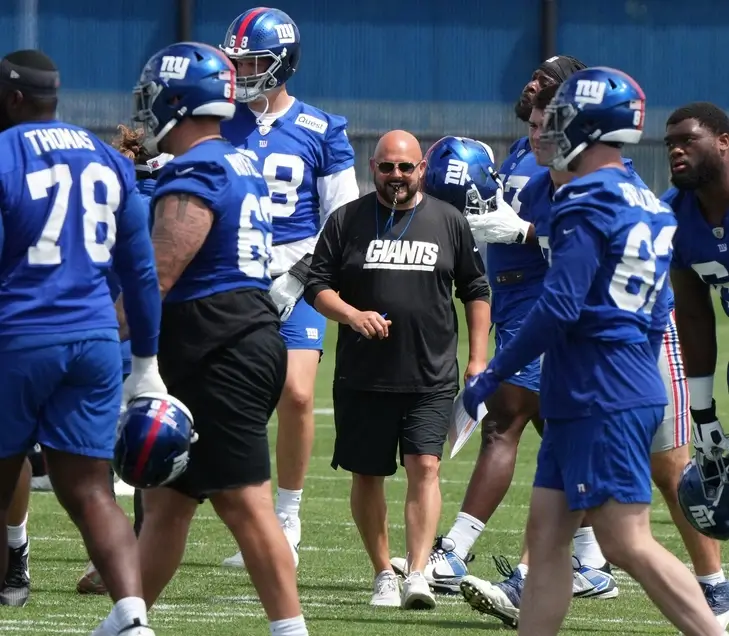There have been many venues to host the big game, but which one was the biggest Super Bowl stadium in history?
Some Super Bowl host cities have been small, while others have had attendances of over 100,000 people.
Biggest Super Bowl stadium
Some of the biggest Super Bowl venues have been held in non-NFL stadiums. Although not common, large college football stadiums have been used in the past as hosts for the Super Bowl.
For this list, the 10 biggest Super Bowl stadiums will be ranked based on the stadium’s maximum capacity. Some other stadiums may have had a larger attendance, but these 10 are the largest venues ever used for the Super Bowl.
10. Caesars Superdome (74,452 capacity)
The Caesars Superdome (previously known as the Mercedes-Benz Superdome and Louisiana Superdome) holds the record for most Super Bowls ever hosted. They have hosted the big game seven times, which includes the years 1978, 1981, 1986, 1990, 1997, 2002, and 2013.
The stadium had its maximum capacity of 74,452 from 1975 to 1978. In the 1978 Super Bowl, Louisiana Superdome had 76,400 spectators, the most out of any of the Super Bowls they have hosted.
Caesars Superdome will host the Super Bowl for the eighth time in 2024.
9. Hard Rock Stadium (75,540 capacity)
The Lombardi Trophy has been won six times in Hard Rock Stadium, which is the second-most all-time. They have hosted the event in 1989, 1995, 1999, 2007, 2010, and 2020.
Although the stadium has a current capacity of under 65,000, they had their maximum capacity of 75,540 during the Super Bowls they hosted in 2007 and 2010.
The stadium has been called many different names throughout its history. Those names include Joe Robbie Stadium (1987-1996), Pro Player Park (1996), Pro Player Stadium (1996-2005), Dolphins Stadium (2005-2006), Dolphin Stadium (2006-2009), Land Shark Stadium (2009-2010), Sun Life Stadium (2010-2016), New Miami Stadium (2016), and Hard Rock Stadium (2016-present).
8 AT&T Stadium (80,000 capacity)
AT&T Stadium, previously known as Cowboys Stadium (2009-2013), has hosted just one Super Bowl in the stadium’s brief history. It was Super Bowl XLV in 2011, where Aaron Rodgers and the Packers defeated the Steelers 31-25.
The stadium has a maximum capacity of 80,000 but can be expanded all the way up to 105,000. That is why the stadium was able to hold 103,219 spectators in the 2011 Super Bowl, which is a record Super Bowl attendance of any NFL stadium in history.
7. Miami Orange Bowl (80,045 capacity)
The Miami Orange Bowl was the home of five Super Bowls during the operation of the stadium. They hosted back-to-back years in 1968 and 1969 and then hosted again in 1971, 1976, and once more in 1979.
The stadium had a maximum capacity of 80,045 for only a few seasons, lasting from 1977 to 1980. It was the home of the Miami Dolphins (1966-1986), Miami Hurricanes (1937-2007), and the Orange Bowl Game (1938-1996, 1999).
The stadium was eventually closed and demolished in 2008.
6. Tulane Stadium (80,985 capacity)
Tulane Stadium opened in 1926 and operated until 1975. During that time, the stadium hosted three Super Bowls that all took place in the 1970s.
The first one was held in 1970, and then they hosted again in 1972. In 1975, Tulane stadium hosted the Super Bowl one final time, and then closed down later that year.
Tulane Stadium had a maximum capacity of 80,985 between 1956 and 1975 and was the home of the New Orleans Saints from 1967 to 1974.
5. Pontiac Silverdome (82,000 capacity)
The Pontiac Silverdome was the host of the 1982 Super Bowl, which featured the 49ers and the Bengals. San Francisco would win the game 26-21 in front of 81,270 fans.
The maximum capacity of 82,000 made it the biggest NFL stadium. It held that honor until FedExField expanded its capacity in 2000.
The Silverdome was the home of the Detroit Lions (1975-2001) and the Detroit Pistons (1978-1988). The stadium closed for the first time in 2006, and again in 2013 after a brief reopening.
4. MetLife Stadium (82,500 capacity)
MetLife Stadium hosted the first Super Bowl in a cold-weather city without a dome. The stadium is located in East Rutherford, NJ, and hosted Super Bowl XLVIII in 2014.
MetLife Stadium first opened in 2010 and has been the home of the New York Jets and New York Giants ever since.
The stadium has a maximum capacity of 82,500 spectators, making it the biggest Super Bowl stadium that is currently home to an NFL team.
3. Stanford Stadium (84,892 capacity)
Stanford Stadium, which had a maximum capacity of 84,892 at the time, hosted the 1985 Super Bowl. It was a matchup between the Dolphins and the 49ers, as San Francisco captured the Lombardi Trophy with a 38-16 victory.
The stadium was built back in 1921 and has been the home of the Stanford Cardinals NCAA football team since its opening.
The stadium had a maximum capacity of 90,000 during 1935 to 1970, but now has a current capacity of just 50,424.
2. Los Angeles Memorial Coliseum (94,500 capacity)
The first Super Bowl in NFL history was hosted at the Los Angeles Memorial Coliseum in 1967. It is known as the only Super Bowl to not sell out, having an attendance of just 61,946 spectators.
The Coliseum hosted a second Super Bowl in 1973, which is the year the Miami Dolphins became the first and currently the only team to go undefeated in a season.
The Los Angeles Memorial Coliseum is the current home of the USC Trojans NCAA football team.
1. Rose Bowl (104,091 capacity)
The biggest Super Bowl stadium in NFL history belongs to the Rose Bowl. The Rose Bowl has hosted the Super Bowl on five separate occasions, including 1977, 1980, 1983, 1987, and 1993.
The Rose Bowl had a maximum capacity of 104,091 spectators from 1972 to 1997. The stadium is not only one of the biggest Super Bowl venues ever but also one of the largest stadiums in the world (16th largest).
The Rose Bowl is the current home of the UCLA Bruins NCAA football team and the Rose Bowl Game.









Justin is so thorough and his posts are really interesting. Love readin all his posts